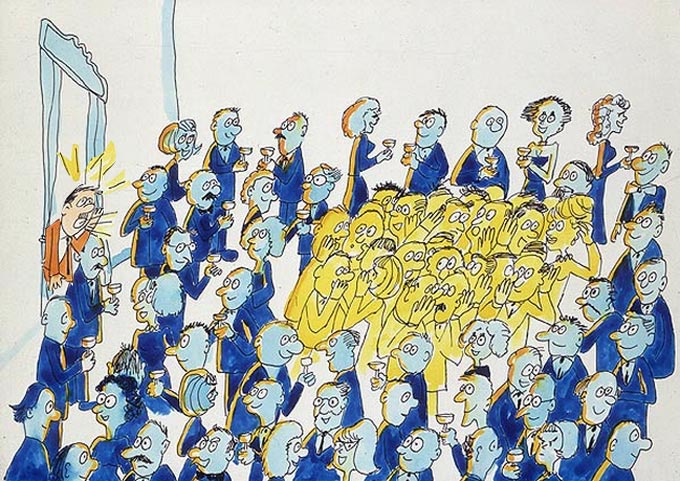
Image description: Representation of a particle collision simulation. Particles are not visible but can be detected if enough energy, in the order of giga electronvolts (GeV), is applied. Energy and mass are two aspects of the same phenomenon, according to Einstein's famous equation (E = mc²), mass can transform into energy and vice versa. These particles constitute the basic elements of everything in the universe.
Particle physics is a branch of physics that studies the fundamental constituents of the universe. It explores elementary particles, such as quarks and leptons, as well as the fundamental forces that govern them. Scientists use particle accelerators to study these interactions at extremely high energies.
Fundamental particles are classified into two main categories: fermions, which constitute matter (like quarks and leptons), and bosons, which are particles responsible for fundamental forces (like the photon and the Higgs boson).
The Higgs mechanism is a fundamental concept in particle physics that explains how elementary particles acquire mass. This mechanism relies on the existence of a field permeating the universe, called the Higgs field, and its associated particle, the Higgs boson.
The Higgs boson itself has a mass that has been precisely measured. Initially, it was known only that its mass had to be between 2 GeV and 1000 GeV, a very broad range. However, thanks to experiments conducted at the Large Hadron Collider (LHC) at CERN, we now know that the Higgs boson has a mass of approximately 126 GeV.
The Higgs boson could not be observed in the Large Electron Positron Collider (LEP) detector because the power of this collider (114 GeV) was not sufficient to produce the Higgs boson. It had to be replaced by the LHC, a much more powerful collider of 7 TeV. The LEP was dismantled in the fall of 2000, and it was with the LHC, operational since September 10, 2008, that scientists hoped to find the Higgs boson.
On July 4, 2012, the discovery of the Higgs boson was announced. On March 14, 2013, CERN confirmed that the newly discovered particle increasingly resembled the Higgs boson predicted by the Standard Model.
The ATLAS and CMS experiments, two of the four main experiments at the LHC, independently observed the Higgs boson and determined its mass to be 126 GeV. These experiments involve high-energy proton collisions. A crossing of proton packets occurs every 50 nanoseconds, and by running proton packets for hours, scientists can obtain interesting collisions.
Imagine a room uniformly filled with people, representing the Higgs field that permeates all space. When a celebrity (symbolizing an elementary particle) enters the room, people cluster around them, making their movements more difficult. This resistance represents the inertial mass that the particle acquires by interacting with the Higgs field.
In 2011 and 2012, approximately 1015 collisions were produced per experiment. The crossing zone, where collisions occur, has a length of 7 cm and a diameter of 20 µm.

In 1993, British Science Minister William Waldegrave launched a challenge to obtain a simple explanation of the Higgs field and the Higgs boson. David Miller of CERN won this challenge with an analogy:
Imagine a room uniformly filled with people, representing the Higgs field that permeates all space. When a celebrity (symbolizing an elementary particle) enters the room, people cluster around them, making their movements more difficult. This resistance represents the inertial mass that the particle acquires by interacting with the Higgs field.
If, instead of a celebrity, a rumor (representing an energy of 126 GeV) spreads through the room, people will cluster around the source of the rumor. This cluster of people represents the Higgs boson, which acquires mass by interacting with the Higgs field.
Fundamental interactions are the forces that govern the behavior of elementary particles. There are four fundamental interactions in nature:
These interactions are mediated by bosons: the graviton (hypothetical) for gravity, the photon for electromagnetism, gluons for the strong interaction, and W and Z bosons for the weak interaction.